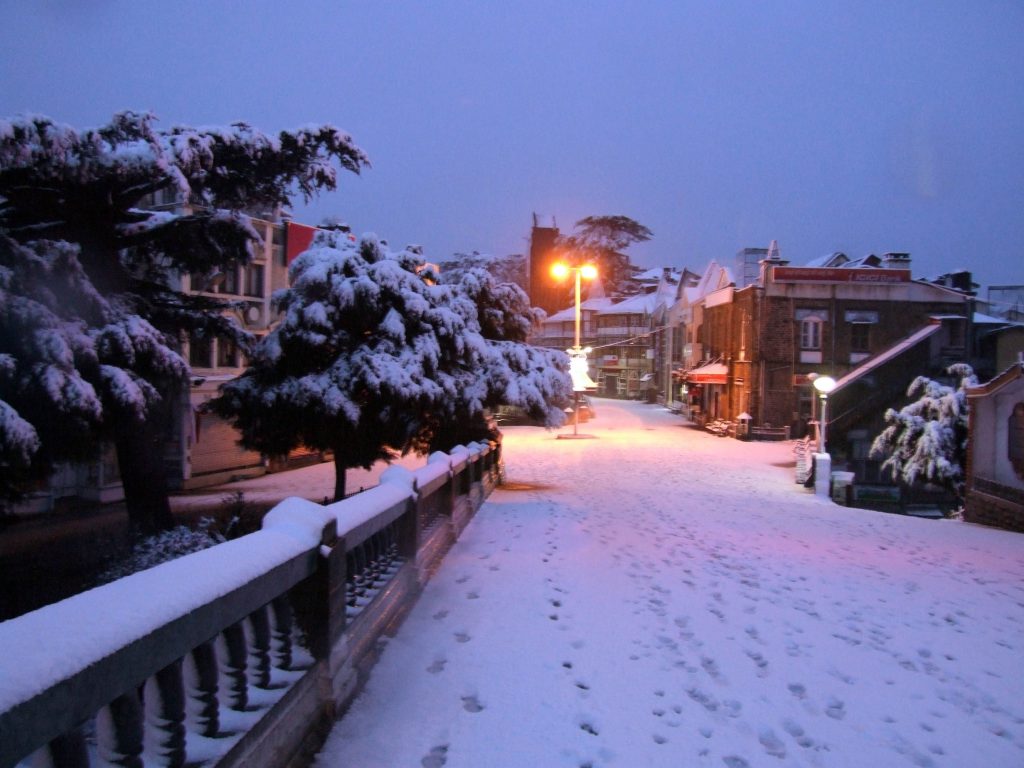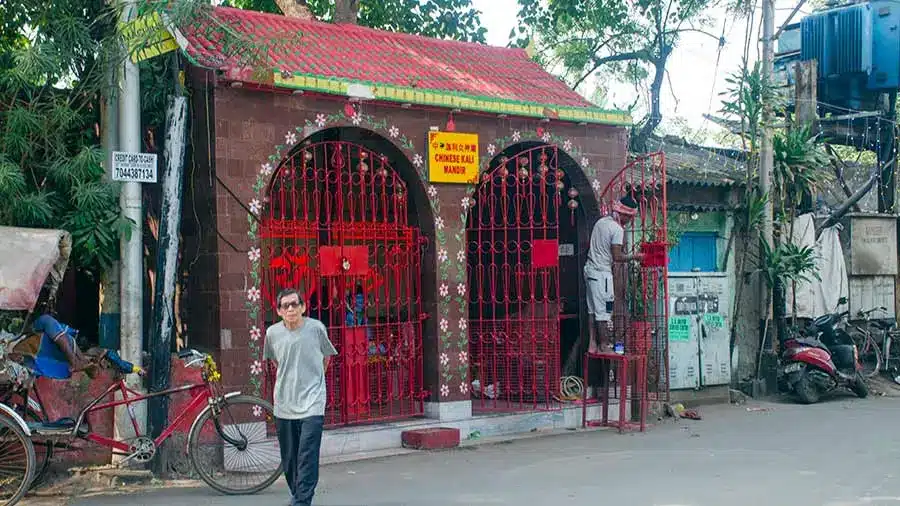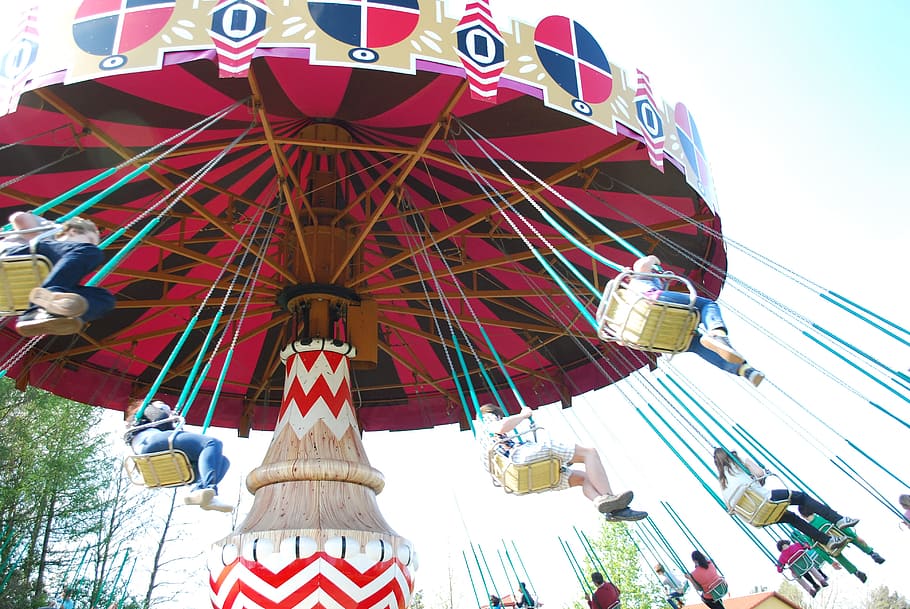Our country is expansive, with numerous untapped areas. If you think you’ve seen everything, think again. There are hidden treasures, carefully shielded from tourism until now. Discovering such places as they are finally open to visitors brings a unique thrill. I’ve always been captivated by Sikkim, a place I deeply loved and was fascinated by. Nestled in the foothills of the Himalayas, Sikkim may be the second-smallest state, but it’s brimming with offbeat gems. Sikkim is home to many natural lakes in the North-West, North-East, and extreme North parts of the state. These lakes feed the tributary streams of Sikkim’s largest rivers, the Teesta and Rangit. My primary reason for visiting was to see all the lakes, particularly Gurudongmar, one of the world’s highest lakes, and Khecheopalri, one of Sikkim’s largest lakes. I booked a Savaari from Gangtok and was ready to embark on my adventure.
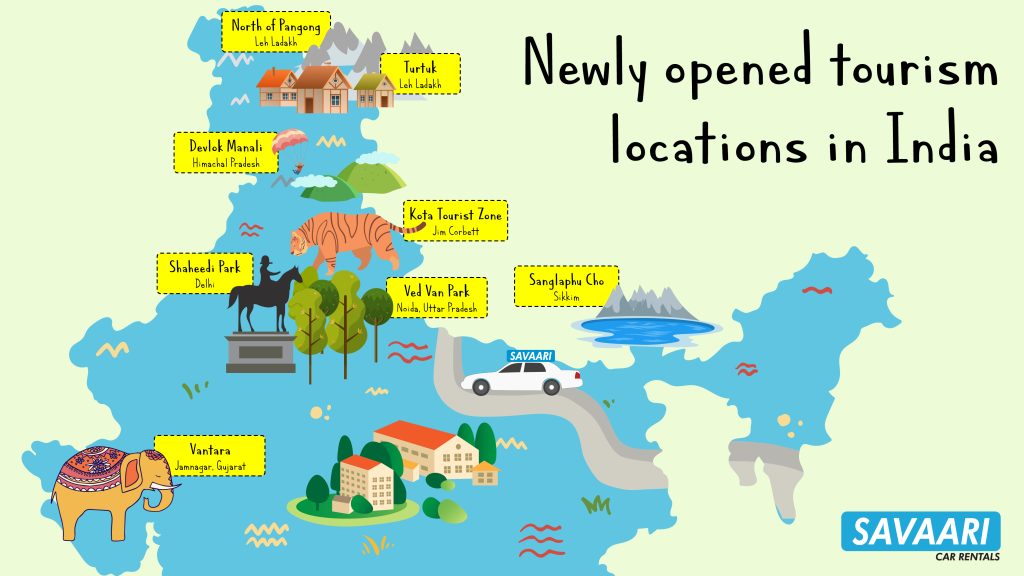
During my visit, Gurudongmar was closed, which was disappointing. But then my chauffeur mentioned a mysterious lake that had long been inaccessible. After years of being off-limits, I was told that Sikkim’s sacred Sanglaphu Lake near Gurudongmar Lake is now open to tourists for the first time. This exciting development as a part of Sikkim news latest, offers travellers and locals alike a rare opportunity to experience a place that has remained untouched and preserved. Here’s everything you need to know about this extraordinary destination and what makes it so special.
Road to the hidden gem of Sikkim – Sanglaphu Lake
Sanglaphu Cho (Lake) sits at an awe-inspiring altitude of 5,080 meters (16,670 feet). Located about 5 km from Yumesamdong, also known as Zero Point, near Lachung, the lake is roughly 150 km west of Gangtok, Sikkim’s capital. Embarking on a road trip to Sanglaphu Lake is an adventure, offering stunning views at every turn. Only vehicles with four-wheel drive are allowed, as the rugged terrain demands a capable vehicle to navigate the steep inclines and uneven paths.
The route led me through lush valleys, past cascading waterfalls, and along the edges of deep gorges. The air was crisp and clean, filled with the scent of pine trees and the distant roar of rushing streams. Along the way, I encountered picturesque villages where life moves slowly, and the locals are warm and welcoming. There were numerous cozy eateries where my driver stopped. I enjoyed unique dishes like Sel Roti, Sweet Rice Bread, Sha Phaley (bread stuffed with meat and vegetables), and Sishnu ko Soup (Nettle Soup made from edible wild nettle leaves).
As we approached Sanglaphu Lake near north Sikkim Gurudongmar Lake, the scenery became even more spectacular. The pristine blue waters of the lake are set against a backdrop of towering peaks and glistening glaciers. The tranquillity of the lake and its surroundings was awe-inspiring, offering a sense of peace and solitude that is hard to find elsewhere. It made me wonder why this place had remained hidden for so long!
Mysteries surrounding the emergence of Sanglaphu Cho
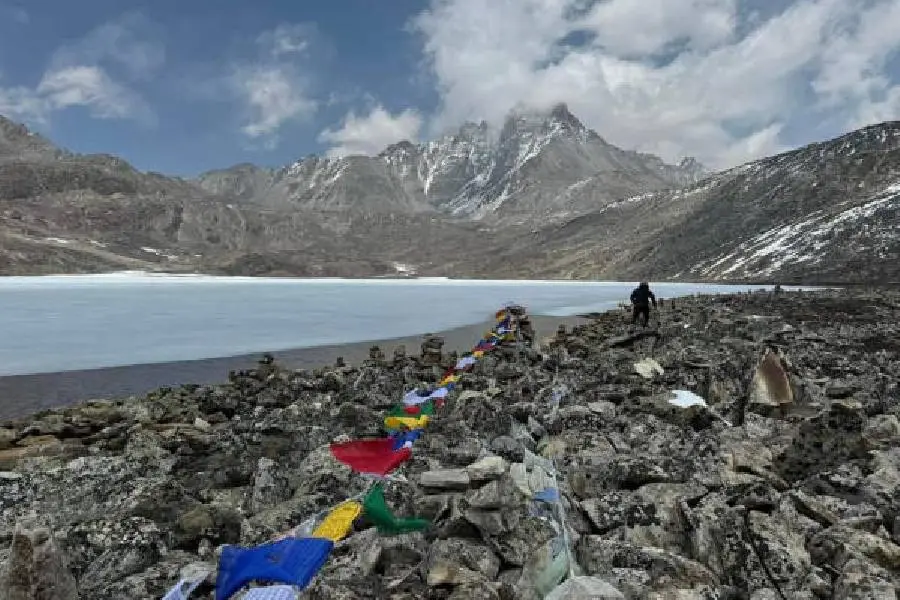
While pondering why such a stunning gem had remained hidden for so long, my driver revealed two intriguing mysteries associated with it. Once lost, the lake mysteriously formed one day. Some believe in its magical origins, while others attribute it to folklore. However, research pointed to a geological event and a spiritual event that added to its mystique.
The once-lost and newly-emerged Sanglaphu Cho
Sanglaphu Cho near North Sikkim’s Gurudongmar Lake owes its origin to a dramatic and mysterious natural event known as a Glacial Lake Outburst Flood (GLOF) from Gurudongmar Lake. A quick internet search revealed that GLOFs occur when a lake, fed by glacial meltwater, suddenly releases a massive volume of water. These lakes can form at various locations around a glacier—along its sides, in front, within, beneath, or even on its surface. The sudden release of water during a GLOF can dramatically reshape the surrounding landscape, creating new watercourses and altering valleys in an almost magical transformation.
In the case of Sanglaphu Cho, the outburst flood from Gurudongmar Lake not only carved out this new lake but also significantly altered the local geography. Nestled in the enigmatic Dokya Range, Sanglaphu Cho has since become a crucial water source for the Teesta River, one of the major rivers flowing through Sikkim. The pristine waters of the lake, fed by glacial melt, contribute to the river’s flow, supporting both the ecosystem and the communities along its banks. My driver mentioned that the lake’s mysterious emergence has provided a new focal point for local culture and spirituality, attracting visitors who come to admire its beauty and seek blessings.
The mystery of Sanglaphu’s sacredness
While exploring the lake, I noticed many monks meditating. One monk smiled at me, so I approached him, and we had a memorable conversation. He seemed very learned and shared that Sikkim is a profoundly spiritual place. Many of its pristine lakes are revered as the dwelling places of various guardian spirits, including Devas, Yakshas, Nagas, Nymphs, and Demons, and are linked with numerous Tantric deities. According to the Naysol Text, 109 sacred lakes in Sikkim are associated with different protective deities. Among these, Sanglaphu Cho near north Sikkim Gurudongmar Lake, also known as the “Great Lake,” holds a special place in Buddhism. Its waters are believed to have significant religious importance, attracting locals who come to seek blessings and offer prayers.
To celebrate the grand opening of Sanglaphu Lake, a special ceremonial prayer was conducted. This event was led by monks from the Samten Choling Monastery in Lachung and attended by various dignitaries, including the pipon (headman) and members of the Lachung dzomsa. The dzomsa, referring to the traditional administrative institutions and local assemblies in Lachen and Lachung, plays a crucial role in maintaining the region’s cultural and social fabric. In addition to the traditional leaders, representatives from hotel associations and local cab drivers also participated in the ceremony, highlighting the lake’s significance to the entire community. Listening to the monk describe this magical event, I wished I could have been a part of it. He reassured me that Sanglaphu Lake near Gurudongmar Lake will host many more events in the future, which I can be a part of.
Best time to visit Sanglaphu Lake
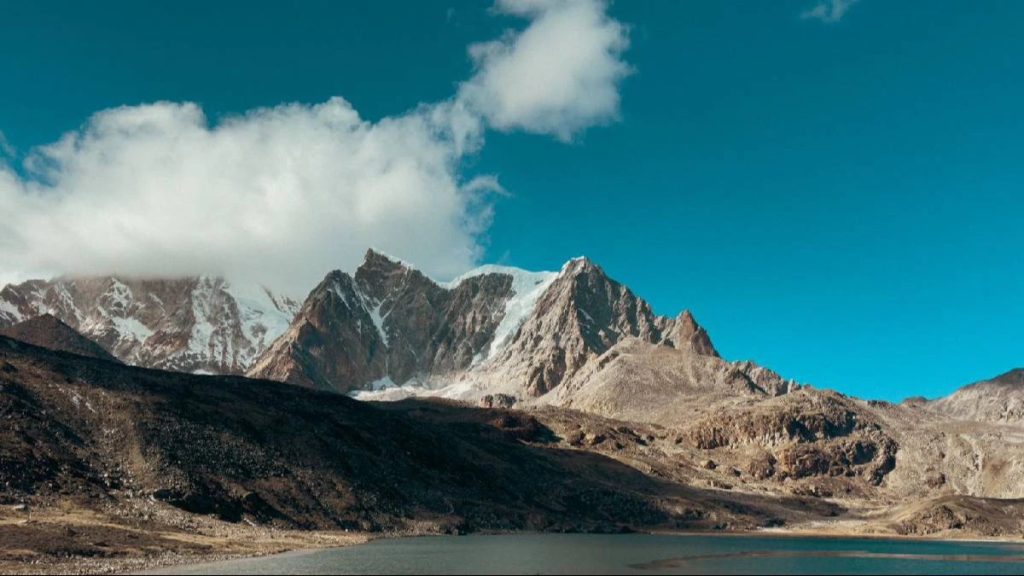
When I enquired the locals about the best time to visit Sanglaphu Lake, they recommended the months of May, June, and October. During these months, the roads are clear, and the weather is pleasantly warm, making it the perfect opportunity to beat the harsh cold. Visiting Sanglaphu Lake near North Sikkim Gurudongmar Lake during these ideal months allows you to fully experience its pristine beauty and spiritual significance without the challenges posed by extreme weather conditions.
May and June are particularly great as they fall within the summer season, making Sanglaphu Lake one of the best places to visit in India in summer. The mild temperatures and clear skies offer perfect conditions for sightseeing and outdoor activities. October, on the other hand, provides a serene post-monsoon landscape with vibrant colors and refreshing weather, enhancing the lake’s tranquil atmosphere.
Responsible tourism – Things to know before you go
The monk also emphasized the importance of responsible and sustainable tourism for visitors to Sanglaphu Lake. To ensure this pristine location remains protected, tourists are encouraged to follow certain guidelines designed to preserve the lake’s sanctity and environmental integrity:
- Vehicle Requirements: Only four-wheel drive vehicles are recommended for the journey, although access for other vehicle types will improve as the snow melts.
- Avoid Single-Use Plastics: Do not bring single-use plastics, including tetra packs, to minimize waste.
- No Spitting: Spitting around the lake is strictly prohibited and subject to severe consequences.
- No Littering: Refrain from littering in and around the lake to maintain its natural beauty.
- Respect Local Culture: Engage with the local culture in a sustainable and respectful manner.
By adhering to these guidelines, visitors can help protect Sanglaphu Lake’s unique environment and cultural heritage. Moreover, respecting cultural practices and supporting the local community fosters a sustainable tourism model that benefits both visitors and residents.
Places to visit do near Sanglaphu Cho
After exploring Sanglaphu Cho, I hopped into my cab, eager to discover more of Sikkim’s attractions. My driver mentioned that Sikkim offers a wealth of captivating experiences, from stunning natural landscapes to rich cultural encounters. The best way to explore all these locations is by booking a Savaari cab from Gangtok. Here are some must-visit places that I explored and highly recommend:
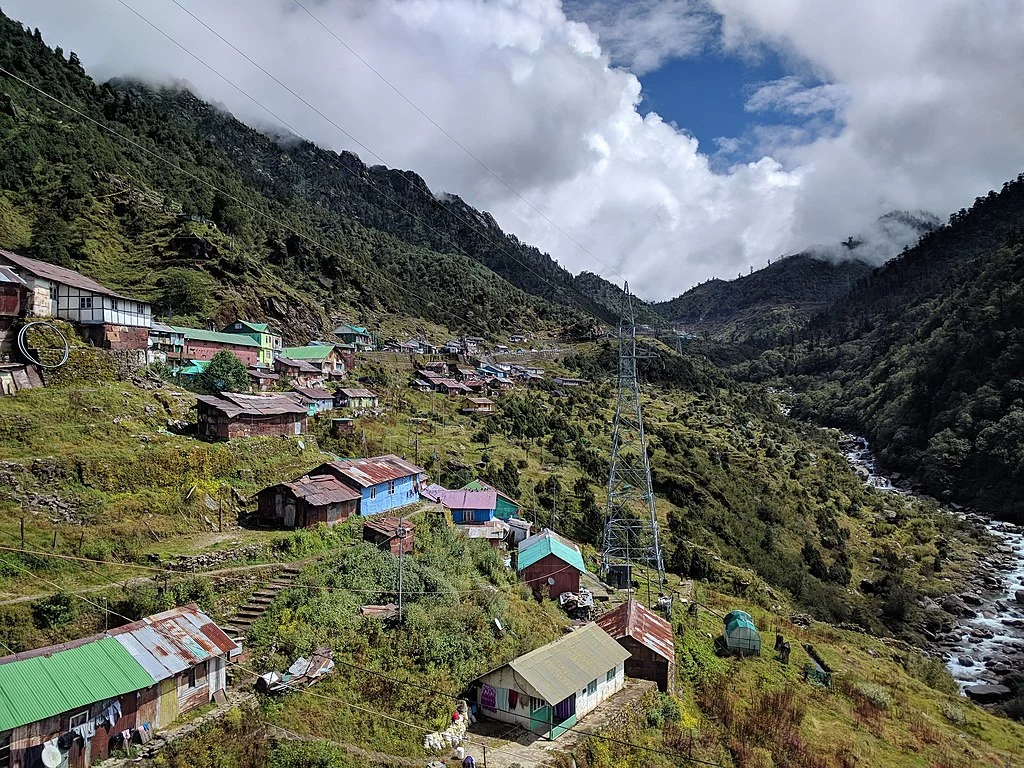
- Khangchendzonga National Park: Marvel at the breathtaking vistas of this UNESCO World Heritage site, home to diverse flora and fauna, and the majestic peak of Mount Khangchendzonga.
- Rumtek Monastery: Experience the tranquil ambiance of this important Buddhist monastery, known for its stunning architecture and spiritual significance.
- Tsomgo Lake: Explore the enchanting beauty of this glacial lake, surrounded by rugged mountains and offering a serene atmosphere.
- Yuksom: Wander through the lush forests and scenic landscapes of Yuksom, the historical starting point of the first Chogyal of Sikkim.
- Goecha La: Embark on an adventurous trekking expedition to Goecha La, a high mountain pass offering spectacular views of the Himalayan range.
- Singalila Ridge: Challenge yourself with a trek along the Singalila Ridge, known for its panoramic views and diverse wildlife.
- Gurudongmar Lake: Sikkim’s Gurudongmar Lake, is a perfect foil to Jokulsarlon Lake in Iceland. Located at a height of 17,100 ft above sea level, Gurudongmar Lake is among the 15 highest lakes in the world. Unlike the Jokulsarlon Lake in Iceland, which has been appropriated by the mythopoetic machinery of Hollywood, Gorudongmar has religious as well as spiritual significance. It is believed to have healing powers and visitors like to carry some water back home with them.
- Sikkimese Festivals: Immerse yourself in the vibrant culture of Sikkim by attending colourful festivals such as Losar, Saga Dawa, and Pang Lhabsol, which provide a glimpse into the rich local traditions.
Other newly opened tourism locations in India
While Sanglaphu Cho near north Sikkim Gurudongmar Lake is a remarkable new addition to tourist attractions in India, there are several other newly opened locations worth adding to your bucket list:
North of Pangong
The home ministry has opened up two previously restricted areas near the strategic Chang Chenmo sector north of Pangong Lake in Ladakh, despite the ongoing border standoff with China. A circular issued on September 14 also allows foreign tourists to stay overnight in Hanle, a haven for stargazers 254 km east of Leh. Tourists can now drive up to the 18,314-feet-high Marsemik La, 184 km east of Leh, in their 4X4s or motorbikes. If you’re planning to visit these locations, check out this perfect Leh Ladakh itinerary from Chandigarh to add them to your bucket list.
Kota Tourist Zone, Corbett’s New Zone
Located within the expansive Jim Corbett National Park, the newly opened Kota Tourist Zone offers visitors a unique opportunity to explore the natural habitat of various wild animals. Established in 1936 as India’s first national park, Jim Corbett is renowned for its thriving tiger population and abundant birdlife. The Kota Tourist Zone, set within the Ramnagar Forest Division, enhances this legendary park.
Vantara Jamnagar
This extensive initiative, known as ‘Vantara’ or ‘Star Of The Forest,’ encompasses 3,000 acres within Reliance’s Jamnagar Refinery Complex in Gujarat. Opened on February 26, 2024, Vantara features specialized amenities for elephants and modern accommodations for various animals, including leopards, lions, crocodiles, and tigers. The facility includes hydrotherapy pools, an elephant jacuzzi for arthritis treatment, and numerous water features.
Aves Island
In a bid to boost tourism in the Andaman and Nicobar Islands, the administration has opened up Aves Island, also known as Coconut Island due to its lush coconut plantations, for travelers. Plans are underway to develop a five-star eco-tourism resort on the island through a public-private partnership, enhancing its appeal to visitors.
Ved Van Park
Located in Sector 78 of Noida, Uttar Pradesh, Ved Van Park is India’s first-ever Vedic-themed park. Recently inaugurated, this park offers a fusion of Indian culture, natural beauty, and amusement. Visitors can explore lush greenery home to over 50,000 plants mentioned in Vedic literature and immerse themselves in passages from the Rig Veda, Atharva Veda, Yajur Veda, and Sama Veda. The park is divided into seven zones, each named after a renowned Vedic sage.
Shaheedi Park
India’s first-ever outdoor museum, Shaheedi Park, has recently been inaugurated in Delhi. This park, set up by the Municipal Corporation of Delhi (MCD) over 4.5 acres, showcases artefacts that offer a glimpse into ancient, medieval, and modern Indian history. Created under the Waste to Art theme, the park features sculptures made from 250 tonnes of scrap.
Turtuk
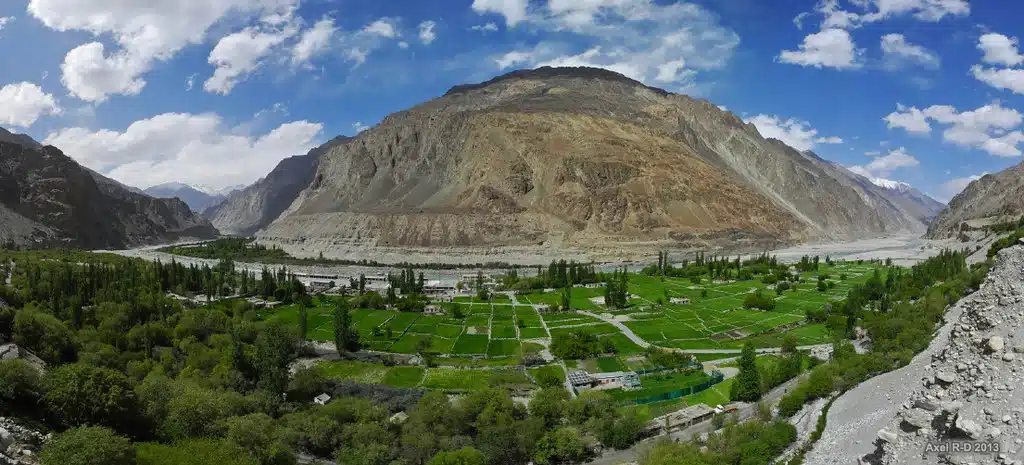
This hidden gem was opened to tourism in 2010. Turtuk, the last northernmost village before Pakistan-occupied Kashmir, has a rich history and a friendly community. Known for its apricot plantations and strategic importance as a gateway to the Silk Route, Turtuk is cradled by the Karakoram range and boasts a unique cultural heritage.
Devlok Manali
Developed through a pioneering Public-Private Partnership (PPP) model with the Himachal Pradesh Government, Devlok Manali is a newly launched cultural theme park. Situated along the picturesque banks of the Beas River in Manali, this park offers a blend of tradition, luxury, and entertainment, revolutionizing cultural tourism in the state.
Why visit newly opened tourist locations in India with Savaari?
Exploring uncharted territories offers a unique thrill, but my trip taught me that these places often come with transportation and navigational challenges. Many of these locations are remote and situated on difficult terrains, making them hard to navigate. This is why I highly recommend downloading the Savaari app and booking a chauffeur-driven car rental. Figuring out the right route to these destinations can be daunting, so let a professional handle it. This way, you can relax and enjoy the journey without any worries. My trip to Sanglaphu Lake near north Sikkim Gurudongmar Lake was seamless thanks to booking with Savaari. The driver’s expertise allowed me to sit back, relax, and take in the breathtaking scenery without worrying about the complexities of the route.
As you plan your travels, consider embracing these newly opened attractions across India with an open heart and a spirit of adventure. There’s a world of beauty and culture waiting to be explored, and with the right preparations, your journey can be as memorable and enriching as mine was.
Last Updated on May 21, 2024 by Shabari Shankar



